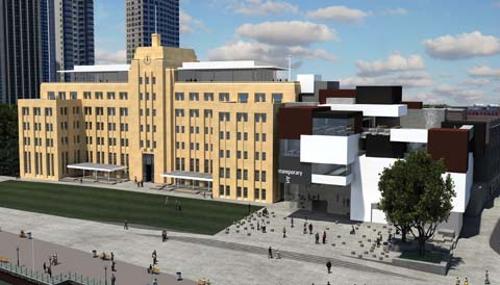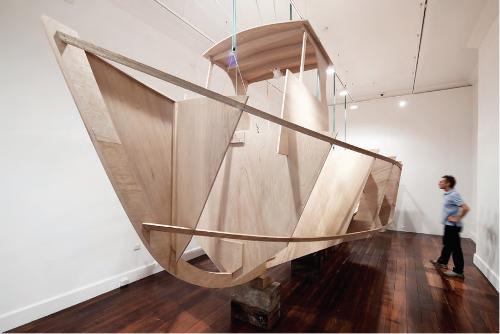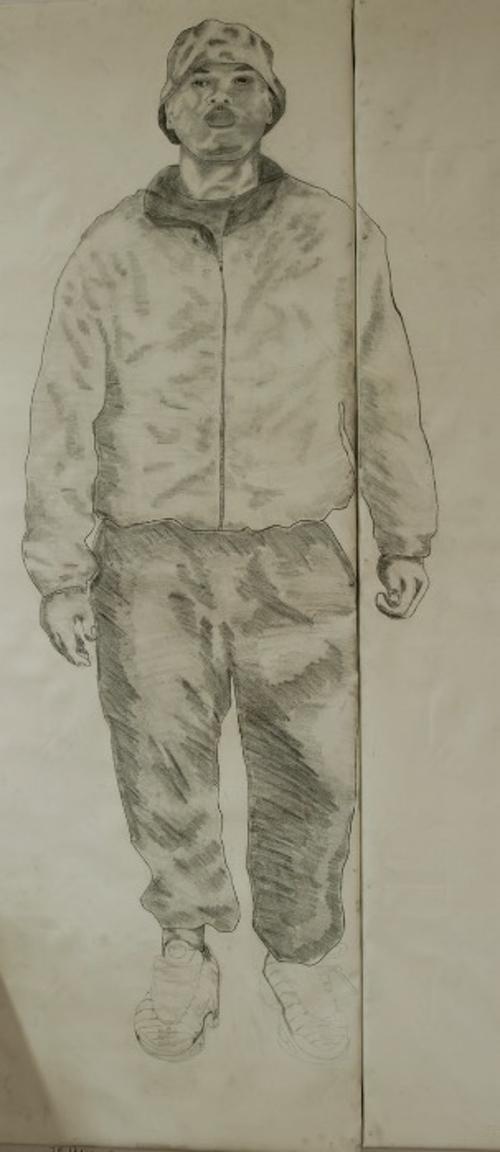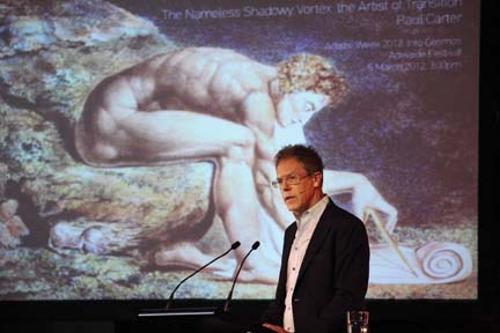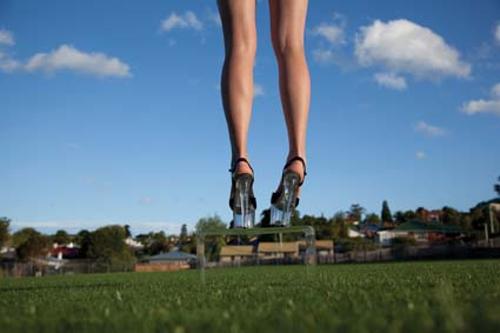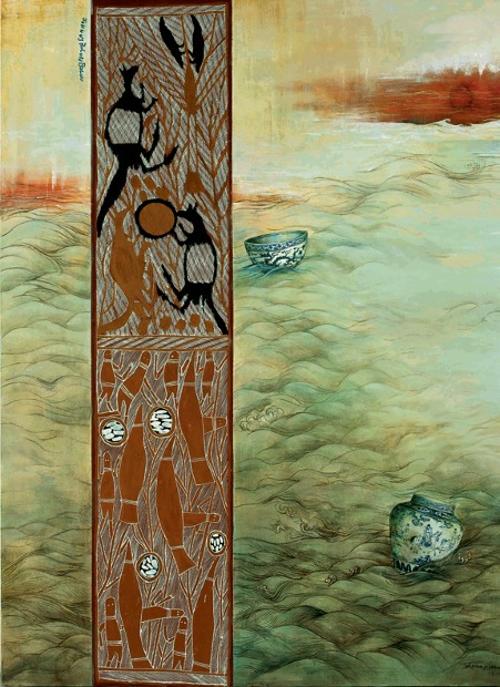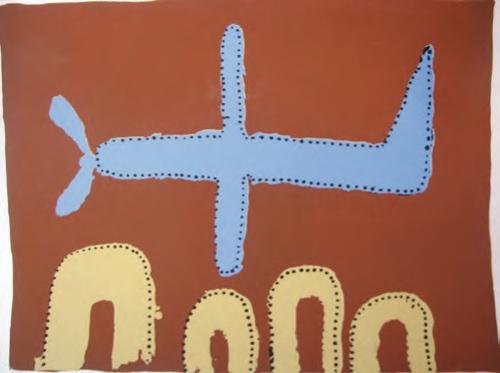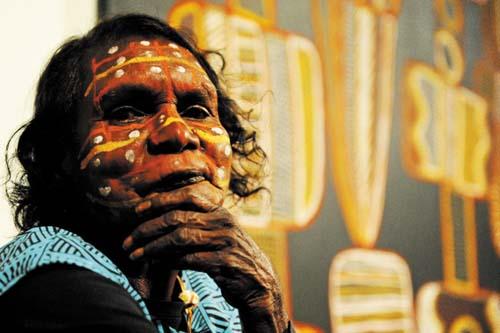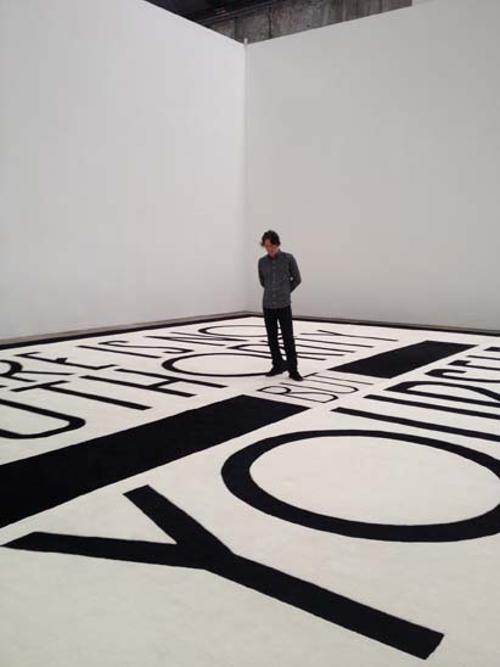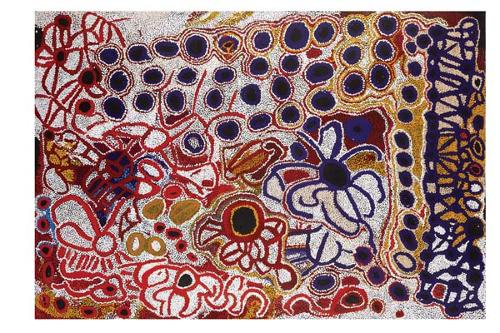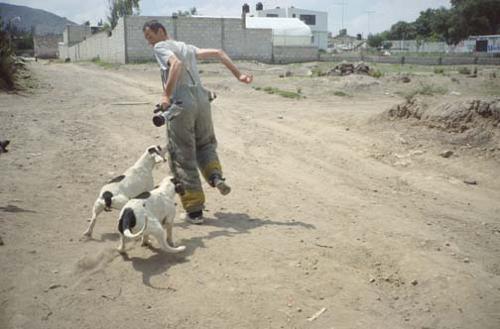I Forgive You: Bindi Cole's Seventy Times Seven
Forgiveness is a deeply personal act. It is one of humankind’s most powerful tools, and one of the most difficult to wield. Bindi Cole, a Melbourne-based artist of Wathaurung heritage, began working with the idea of forgiveness in the video work Seventy Times Seven (2011) in which members of the Aboriginal community stare directly into the camera chanting, “I forgive you”. As they repeat these words, their focus turns inwards: they find within themselves the sources of their hurt and the reasons for its forgiveness. The camera stays with them until there is a shift – frowns turn to smiles, then to tears – as they begin to free themselves of their internalised pain.

